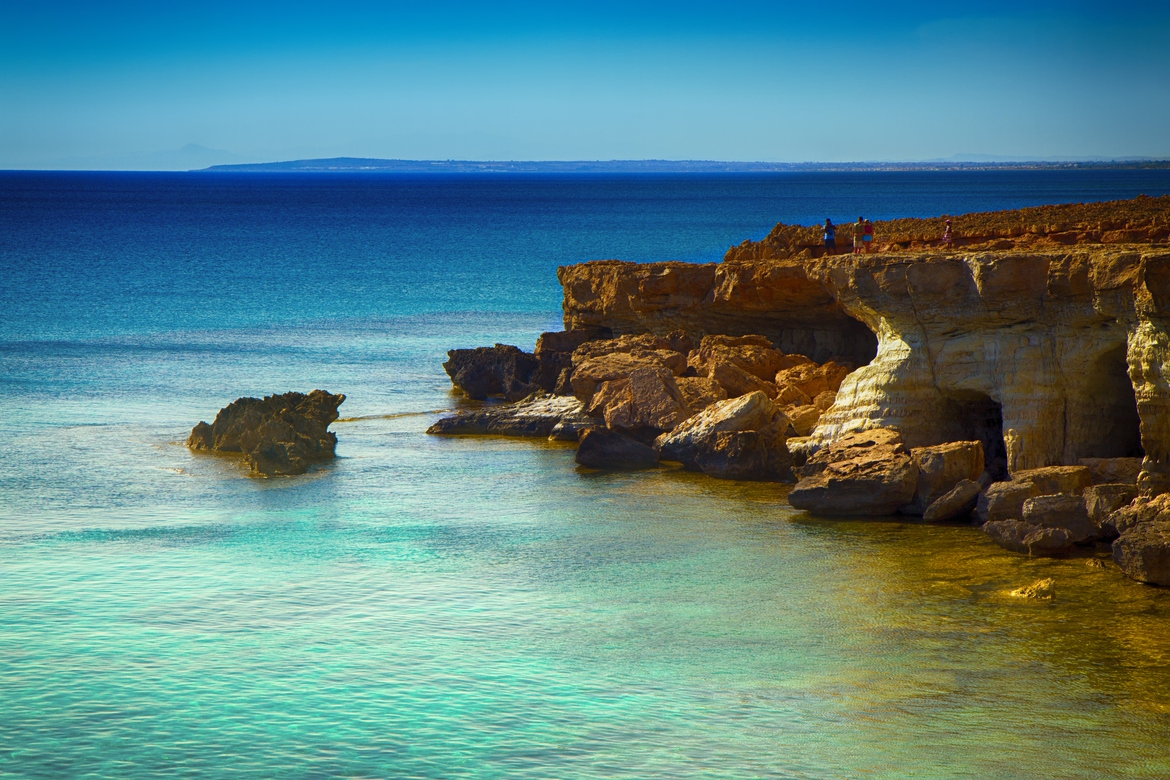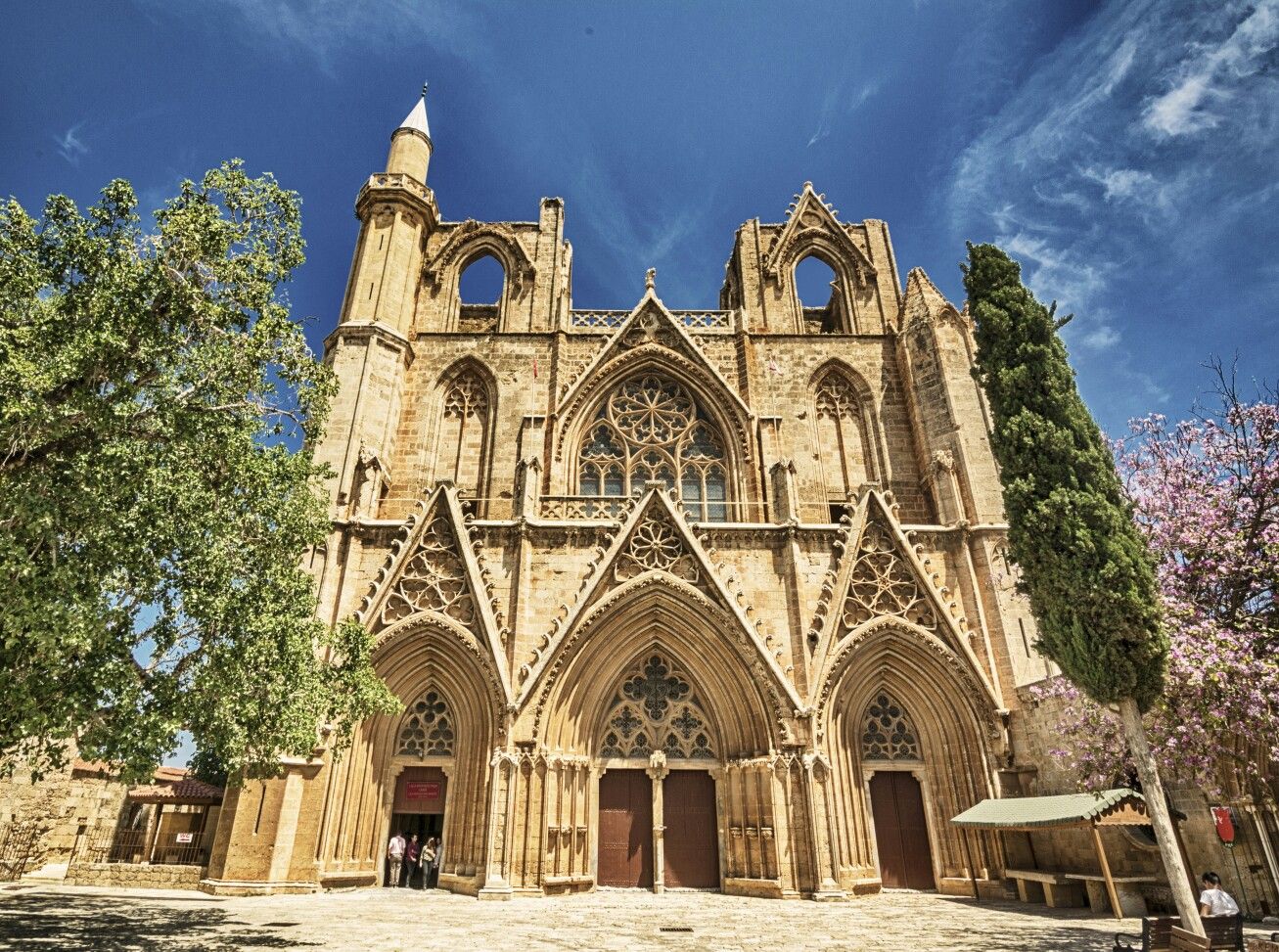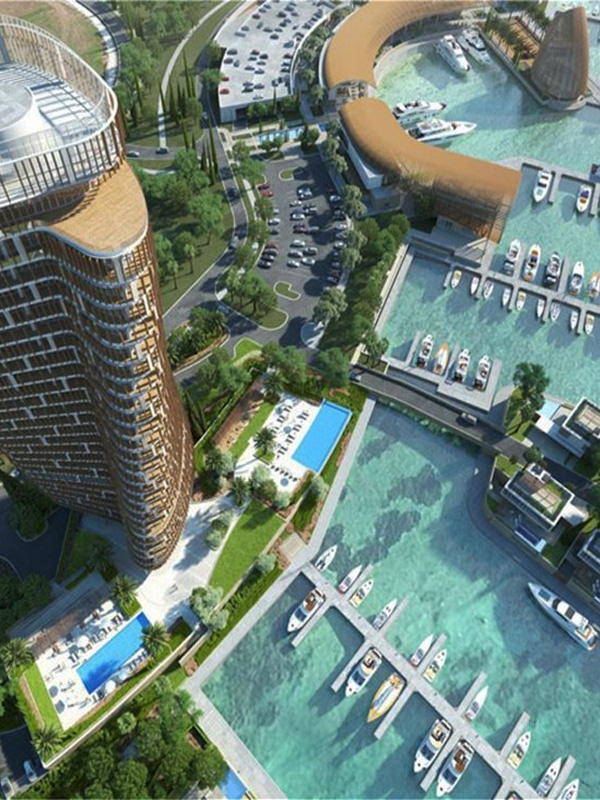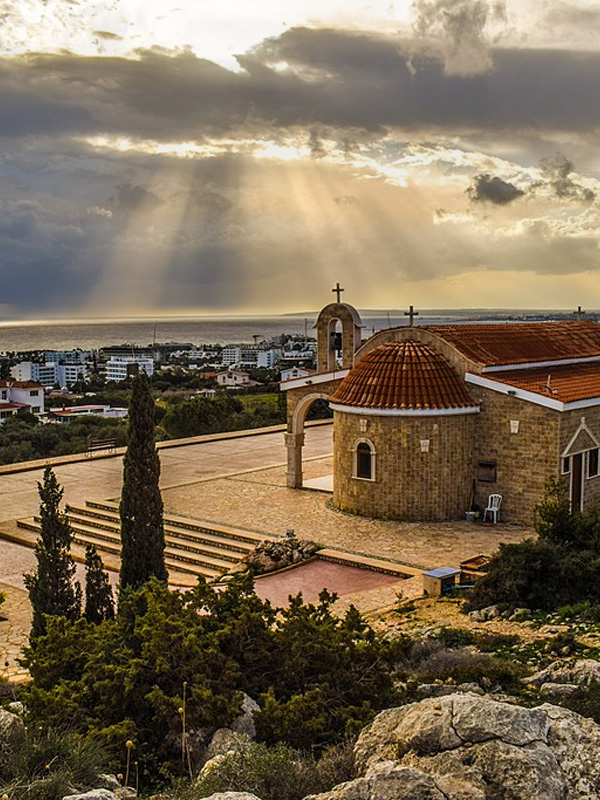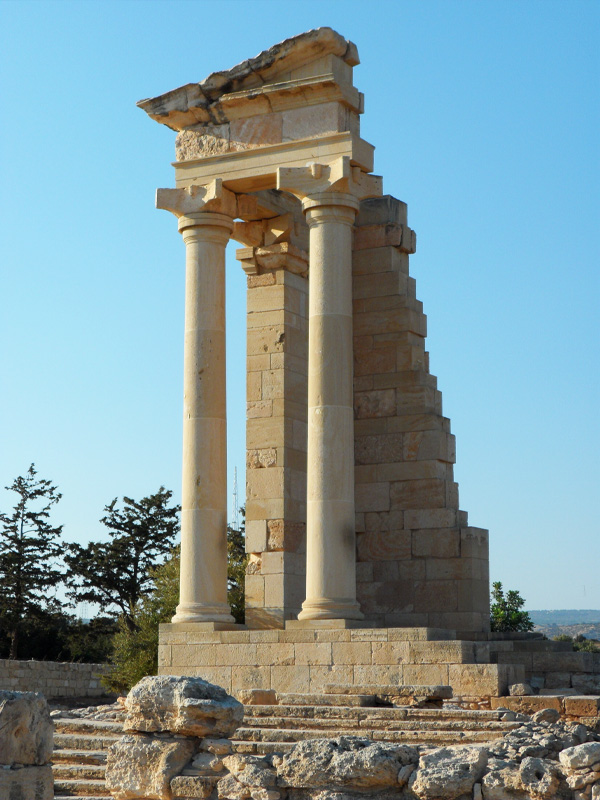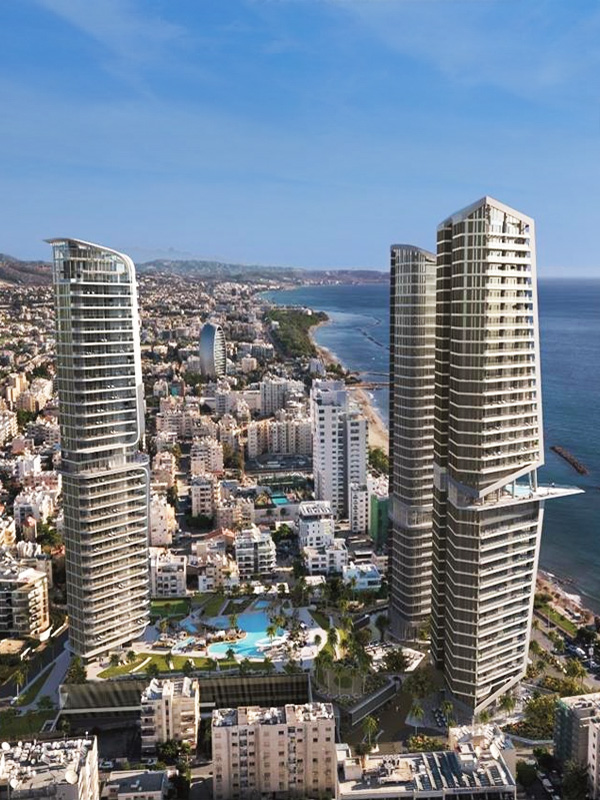Discover Unlimited Beauty
Cyprus the island of Aphrodite
It is called the Island of Venus, birthplace of the goddess of love Aphrodite, and home of warm hospitality and friendliness. With a history of over 9,000 years, Cyprus combines the old and the new. It is on the doorstep of Europe and still maintains its distinct uniqueness.
The island is situated in the middle of three continents and with an area of 9,250 square kilometers (3,570 sq. miles) (of which 3,355 sq km (1,295 sq. m) are in north Cyprus) and a costline of 648 kilometers (402 miles), it is the third larges island following Sicily and Sardinia.
It’s higest point is the summit of mount Olympus (Chionistra), which its height is 1951 meters (6594 ft.).
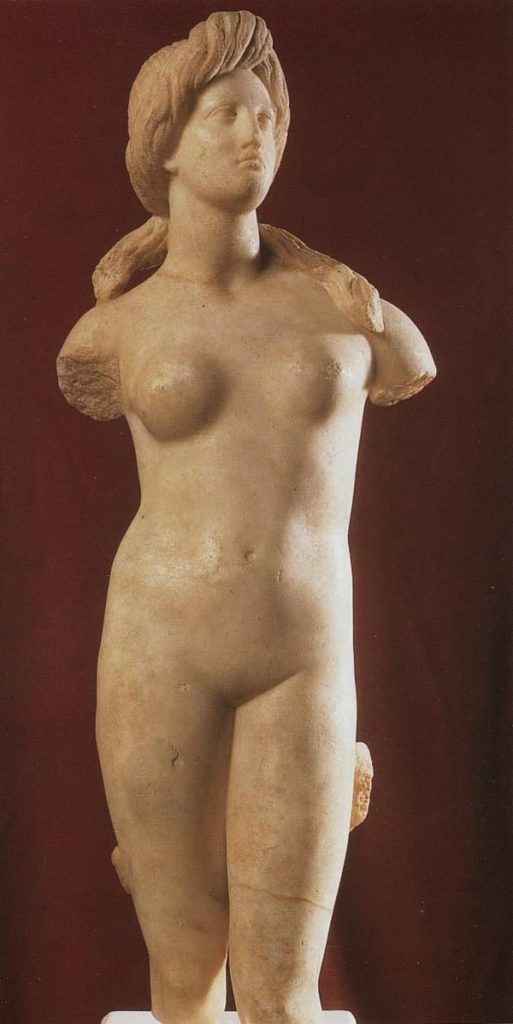
![cyprus-political-map-1600[1]](https://panaudit.com/wp-content/uploads/2021/01/cyprus-political-map-16001.jpg)
With a population of about 800.000 – 77% of them Greek Cypriots – Cyprus has six main towns: Lefkosia, Lemesos, Larnaka, Pafos, Ammochostos and Kyrenia. The last two are now occupied by the Turks since 1974. The main language spokien in Cyprus is Greek. English is also spoken almost everywhere on the island. French and German are spoken, however not at the extent the English language is.
It enjoys a long dry summer, which begins from mid-May until mid-October. During this time there is no rain due to the fact that the rainfall takes place in the winter months which are mild. These begin from December up to February. On average, the sun shines 330 days each year.
Cyprus is an independent sovereign Republic and it has a presidential system of government. The Parliament has a single chamber, the House of Representatives and the President is elected in a separate election directly by the people.
The Lefkosia Region
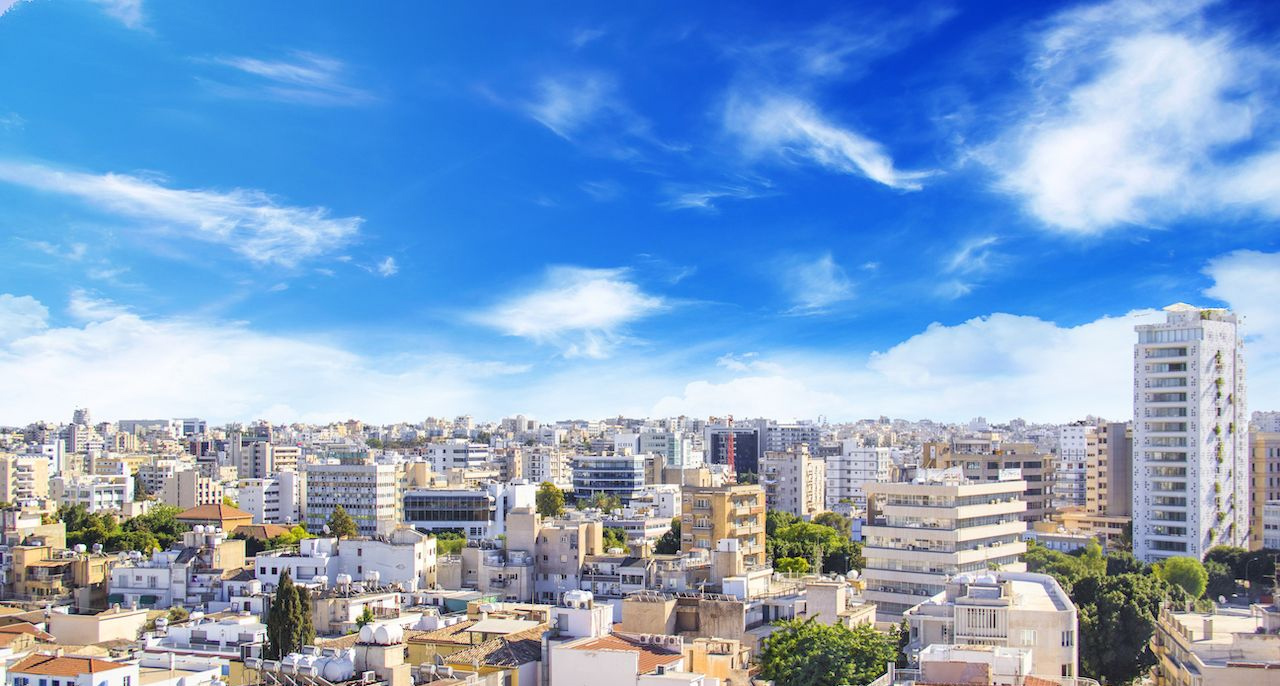
![Nicosia_Collage[1]](https://panaudit.com/wp-content/uploads/2021/01/Nicosia_Collage1.png)
The Lefkosia region combines a great, diverse cultural wealth with the contemporary everyday life.
At the centre lies the capital, a place that smoothly merges the modern business centre with the historic culture. The only divided capital of the world, steeped in history and culture with a beautiful old city surrounded by massive Venetian walls, and a museum with wonderful collection of artefacts spanning the ages.
In the countryside you’ll find olive groves and orchards leading up into the pine forest of the Machairas mountains on the peak of which and set in a scenic valley with a superb view over the plains, sits a centuries old monastery.
Along the way lies Tamassos, a rich city-kingdom in antiquity, built near important copper mines for which Cyprus was famous, while to the east lies ancient Idalion, another city kingdom, currently under excavation near the modern village of Dali.
Picturesque villages abound, with their cobbled streets and preserved stone and adobe houses, offering a glimpse of rural life in Cyprus. Worth visiting is the village of Fikardou, which has been declared a national monument and was awarded the Europa Nostra award in 1987.
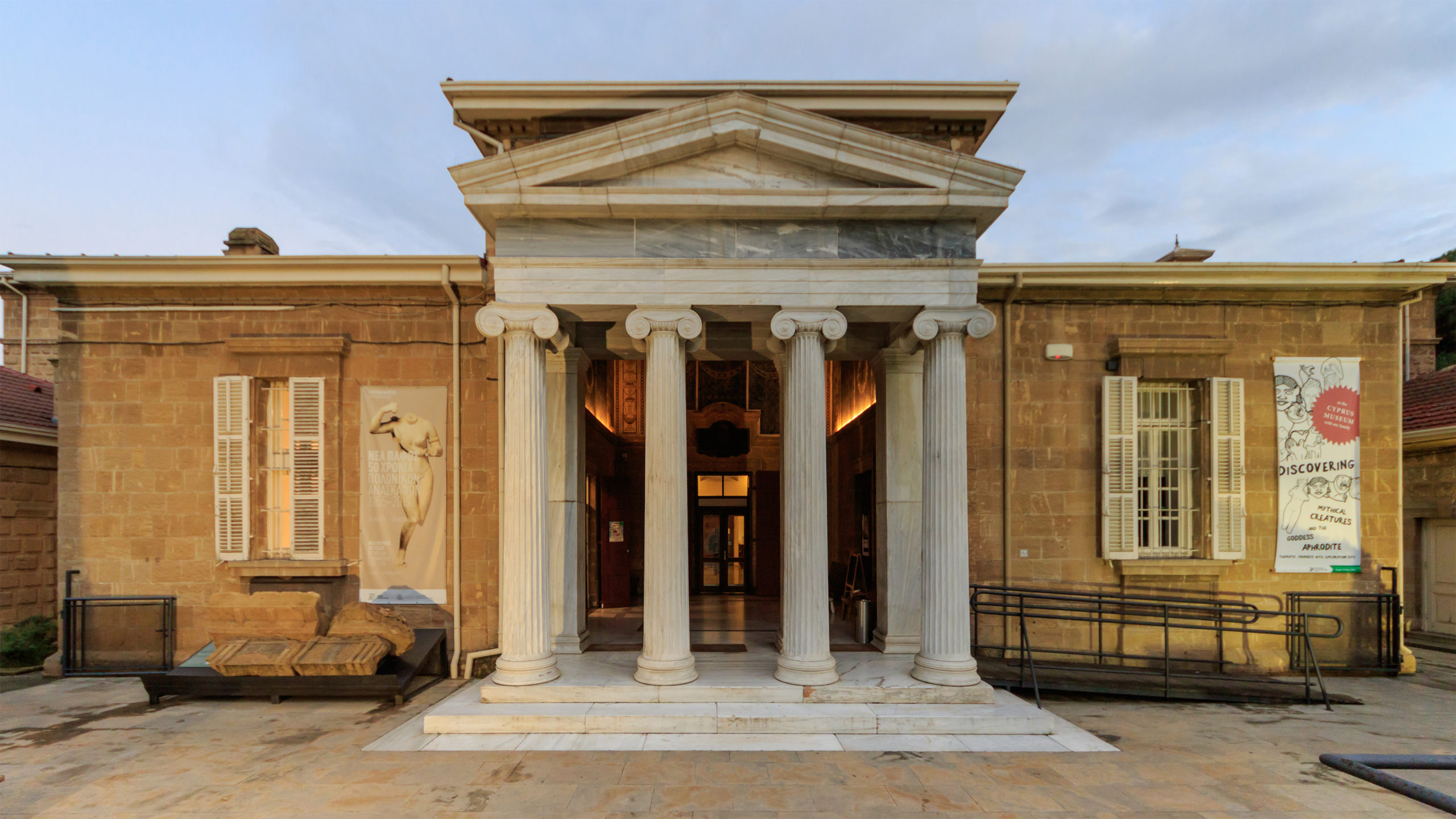
The Lemesos Region

The island’s second largest city, Lemesos is the island’s main port, the centre of the wine industry and a bustling holiday resort.
The city fans out between two of the most spectacular archaeological sites in Cyprus built on cliff tops with spectacular views overlooking the sea – the ancient city-kingdoms of Amathous to the east and Kourion to the west. Finds from these sites have made their way abroad, such as an enormous stone vase, one of the largest ever found, unearthed at Amathous is now at the Louvre Museum in Paris, while objects from Kourion are displayed in the Metropolitan Museum of Art in New York.
The sun-kissed southern slopes of the Troodos mountains with their vineyards form a pleasant green backdrop to the city, dotted with delightful hillside villages known collectively as the ‘Krassochoria’ (or wine villages). The old forms of viticulture are still kept alive here producing the island’s best dry red wines.
The most famous of all the wines is Commandaria, one of the oldest named wines in the world, having had the same name for eight centuries. It was originally produced and exported by the Hospitallers, the Knights of St John of Jerusalem, from Kolossi castle, where they had their headquarters, or Grand Commandery, and which can still be seen today on the outskirts of the city.
Germasogeia dam and Akrotiri salt lake are unique wetlands ideal for observing nature and wildlife and peaceful places to relax, go for a walk or indulge in some angling. Birdwatching enthusiasts may see herons, ducks, chaffinches, cormorants and kestrels, or even the Greater Flamingo which winters at Akrotiri in the thousands.
.
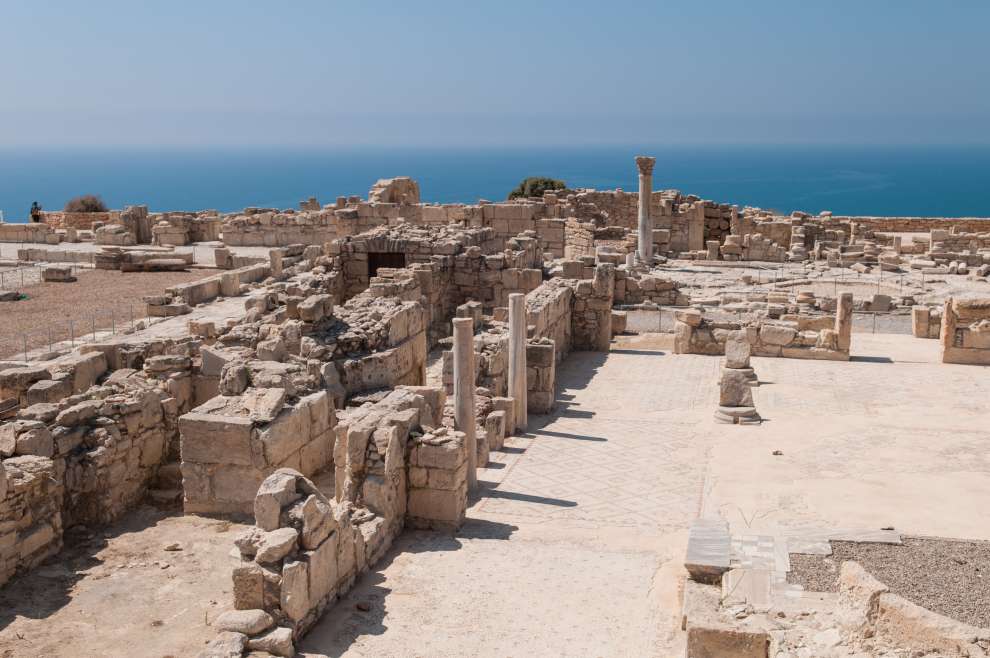
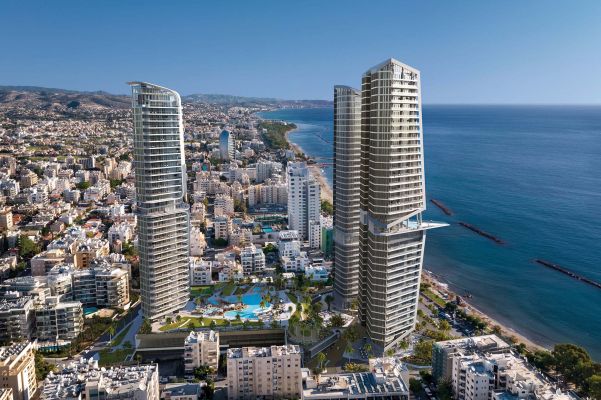
The Larnaca Region

in Larnaka as both Christianity and Islam have revered religious sites here, with the mosque of Hala Sultan, an important Moslem place of pilgrimage, and the church of St Lazarus, Jesus’ friend whom he resurrected from the dead.
The hilly region around Larnaka, is dotted with charming villages and has the largest concentration of traditional houses available for rent. The listed village of Lefkara, is perhaps the most picturesque, with its narrow streets and stone houses with red-tiled roofs and central courtyards, and a history of producing wonderful handicrafts such as filigree silverware and a traditional kind of lace known the world over as “lefkaritika”. Legend has it that Leonardo da Vinci himself came here and bought an altar cloth, which he donated to Milan cathedral.
Amongst archaeological sites worth visiting, Choirokoitia is one of the best preserved sites of a prehistoric settlement brought to light in the Eastern Mediterranean, and has been declared a UNESCO World Heritage site.
The church of Angeloktisti, in the village of Kiti, has one of the finest examples of Byzantine art of the Justinian period, a rare 6th century mosaic of the Virgin and Child between two archangels, while perched dramatically on a rocky peak with a panoramic view over the surrounding hillsides, sits the solitary monastery of Stavrovouni, one of the oldest monasteries in Cyprus.
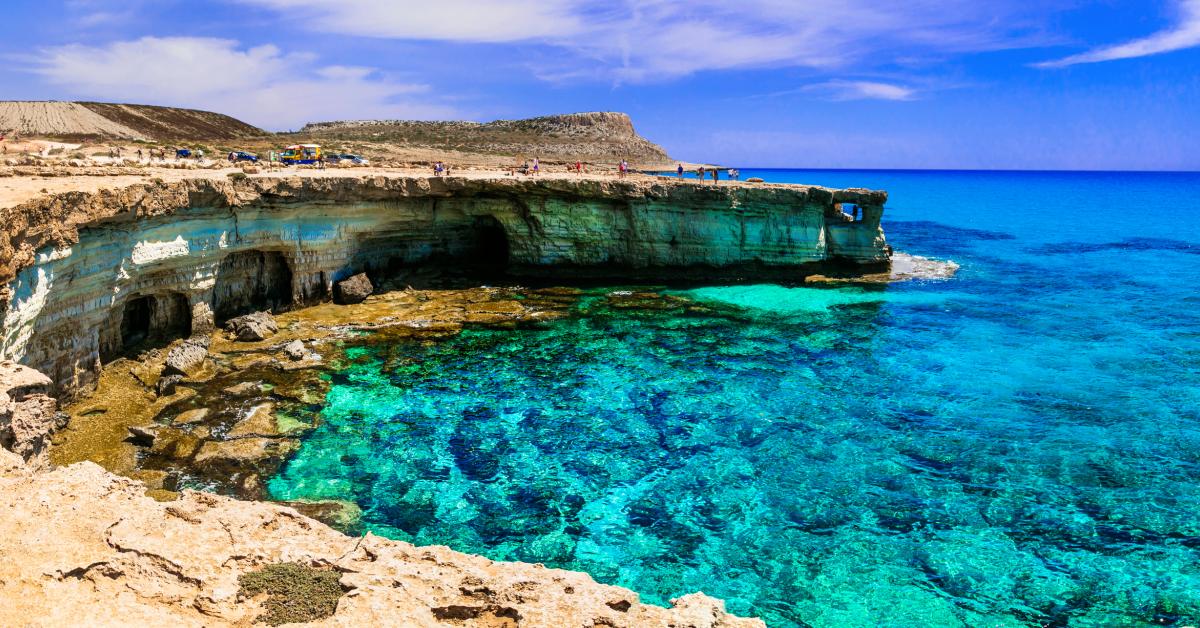
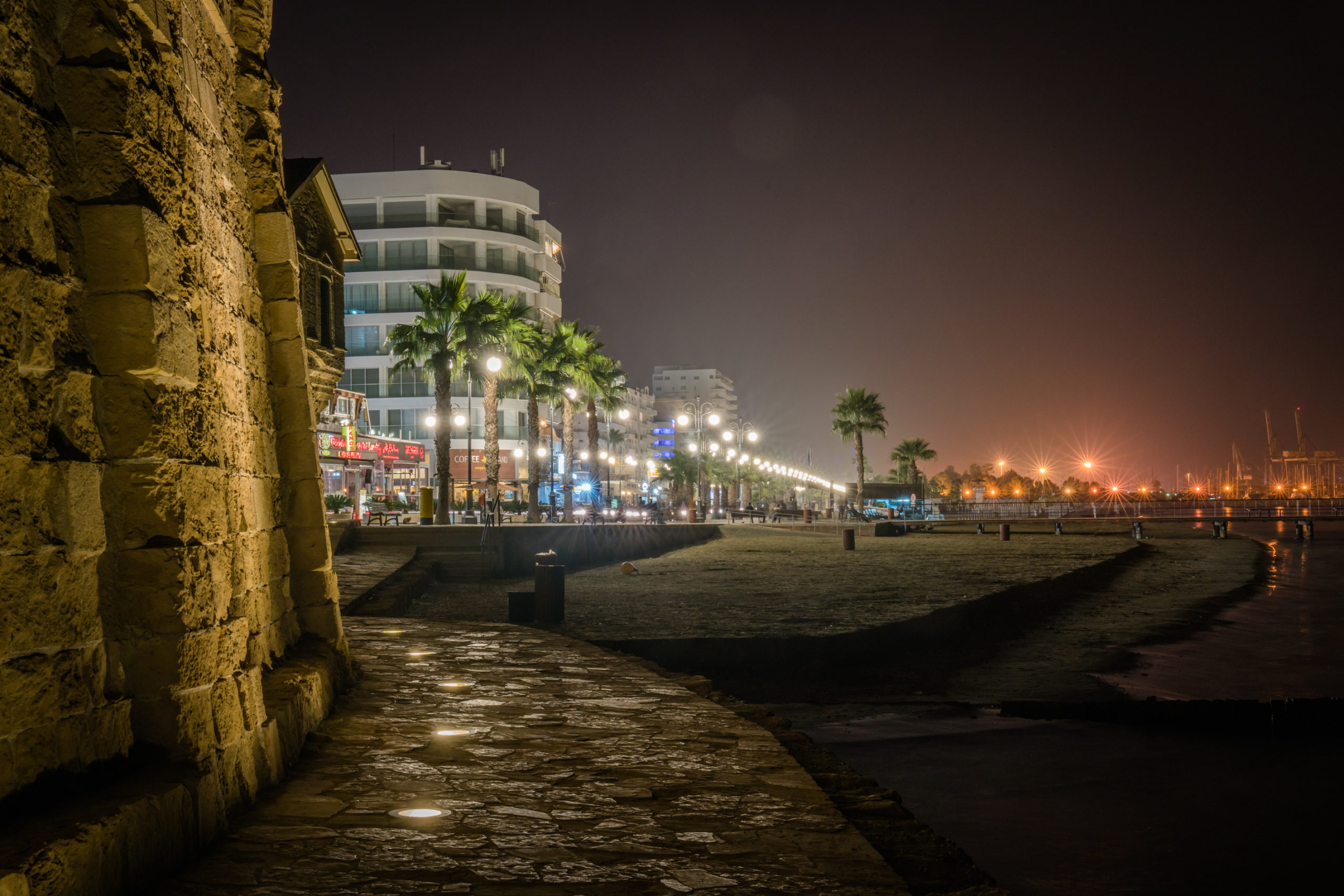
The Paphos Region
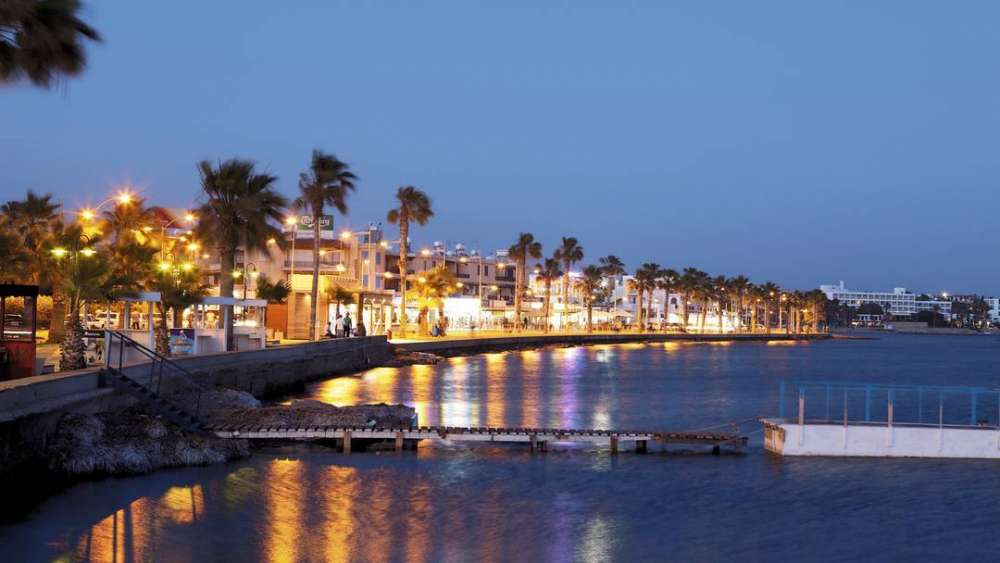
in the air in the land where Aphrodite, goddess of love and beauty, once roamed. Swim in the sea by the rocks known as Petra tou Romiou where she was believed to have risen from the waves, make a pilgrimage to her sanctuary at Kouklia, or visit the grotto near Polis where she was supposed to have bathed. The Pafos region is the perfect place to celebrate a wedding or go for your honeymoon.
Pafos town, with its pleasant harbour and medieval fort, combines a cosmopolitan holiday resort, spectacular countryside and historical sites. The region offers the possibility of combining sea and mountains as well as getting a taste of culture with its many archaeological sites.
Admire the view at Maa-Paleokastro, the site on a peninsula near Coral Bay, where the Mycenaean Greeks first landed in Cyprus in the Bronze Age. Explore inland by going on a wine tour of the villages, stopping off at Chrysorrogiatissa monastery with its fine icons where you can get a taste of the locally produced vintage wine from its own winery. Or indulge in one of the many activities available, from playing a round of golf at a premier golf resort, indulging in a sea sport, such as swimming, diving or sailing, or going for the thrill of a water park or karting centre.
Head for the Polis area where you can experience a back-to-basics lifestyle staying in one of the many renovated traditional houses from where you can explore the countryside. The Akamas peninsula is an area of natural wilderness with dramatic coastlines and sandy coves. Visit one of the last Mediterranean nesting grounds for the green and loggerhead turtles on the sandy beaches of Lara. Or walk along one of the many scenic nature trails spotting rare endemic plants that grow there, or watching migrating birds fly by overhead. Or take a boat trip along the spectacular coastline of what forms part of Aphrodite’s playground.
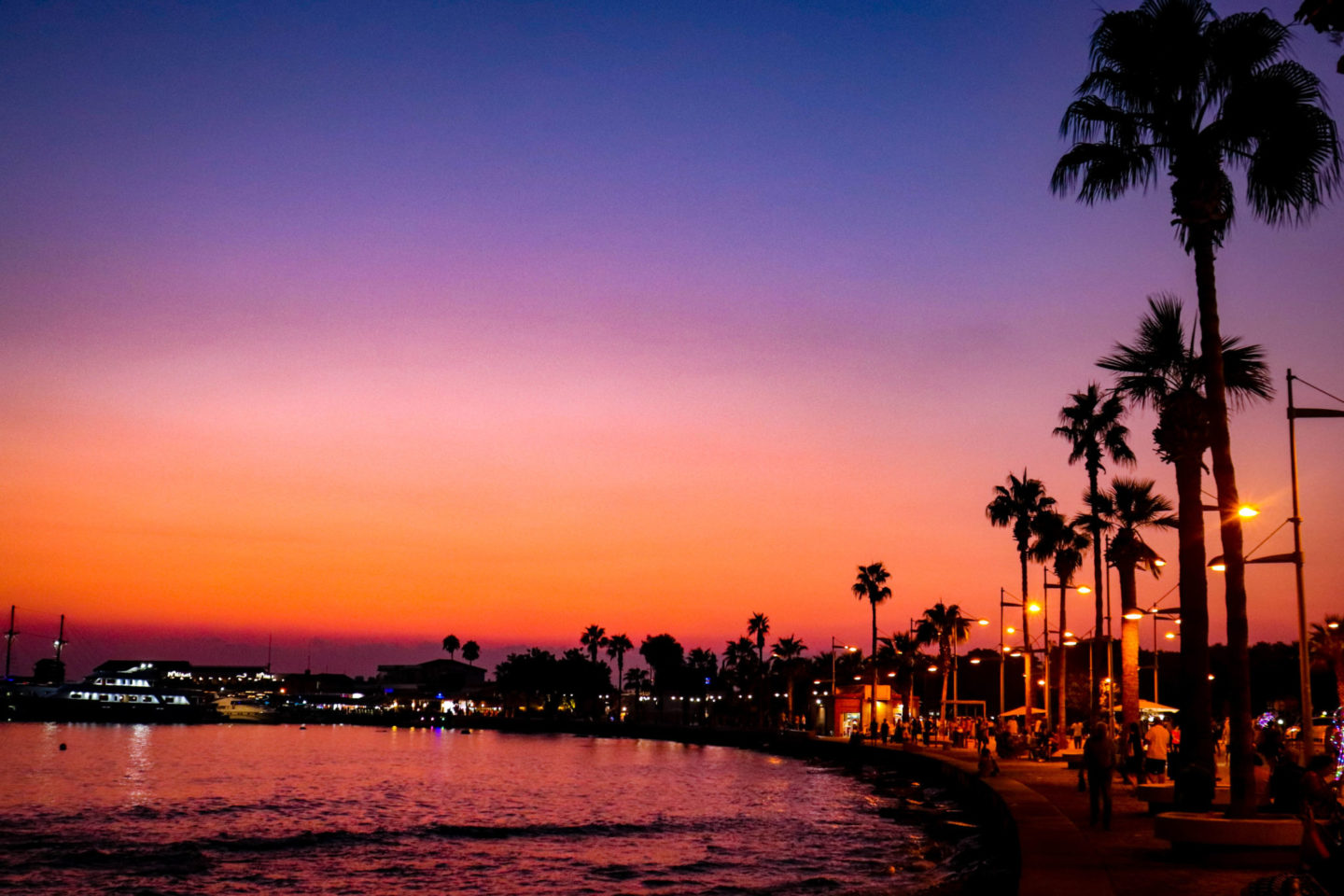
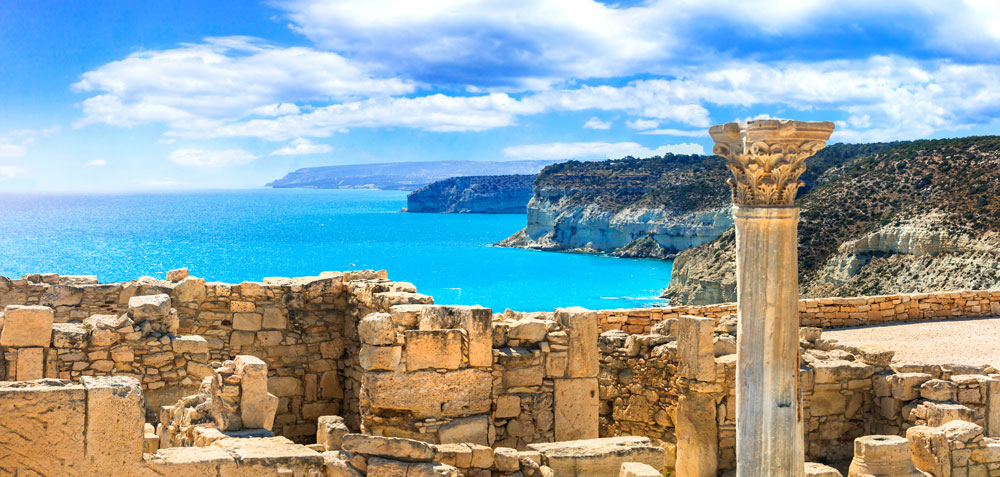
The Troodos Region

Take a trip into the mountains to discover an alternate view of the island. Rising to almost 2,000 metres above sea level, the Troodos peaks provide panoramic scenes to all corners of the island, a cool retreat from the heat of the coast and popular for taking in the healthy mountain air and enjoying nature in all its majesty.
Charming villages, some with cobbled streets and preserved folk architecture, nestle on terraced slopes amongst the pines or amid vineyards and orchards. Burbling mountain streams and nightingale’s songs are often the only sounds to fill the air in a region that poets have waxed lyrical over. The Troodos mountains are where the painted churches of Cyprus can be found, superb examples of Byzantine art, ten of which have been put on UNESCO’s World Heritage List.
There’s much you can do from mountain biking, to playing tennis, angling in one of the dams, or even skiing in winter. A series of nature trails will take you through areas of exceptional beauty among scented pines, running streams and the occasional waterfall, stopping at a shady picnic site. Some of these form part of the European path E4, an international network of long-distance walking routes crossing the whole of Europe.
Known scientifically as the Troodos ophiolite complex, the area was created about 80 million years ago and rose from the sea about 20 million years ago to create the island. It is one of the most widely studied geological formations in the world and has shed much light on the birth of the earth’s crust.
The specific climatic conditions created by the high altitudes and the peculiar geological substratum may have contributed to the unique flora found on Troodos with nearly 800 different plant species, 72 endemics, 12 of which found nowhere else in the world. Occasionally, if one is lucky, one may spot a Cyprus mouflon, a kind of wild sheep peculiar to the island, which roams free in the extensive forests and has been used as the symbol for the island’s national carrier. Birdwatchers may spot the rare and protected eagles or the colourful hoopoe with pink body, black and white crest and a call which can be heard from miles around.

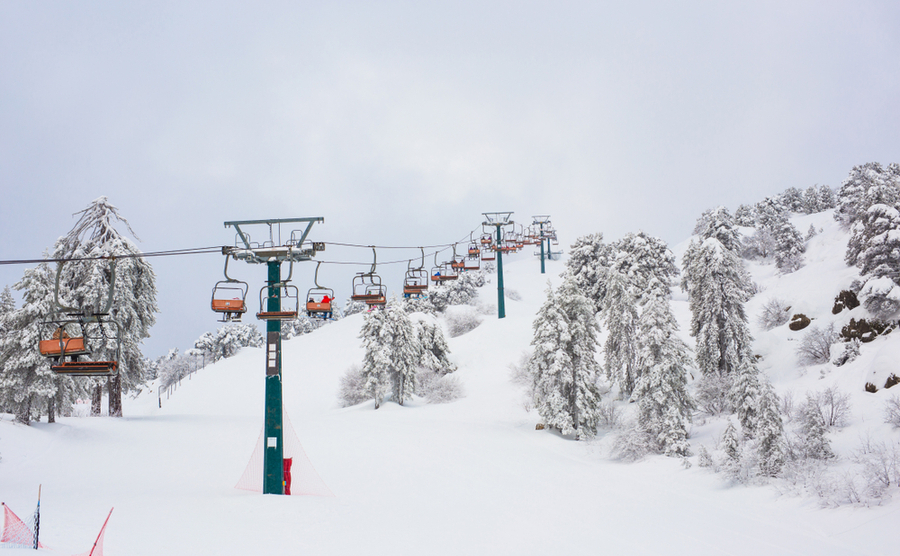
The Ammochostos Region
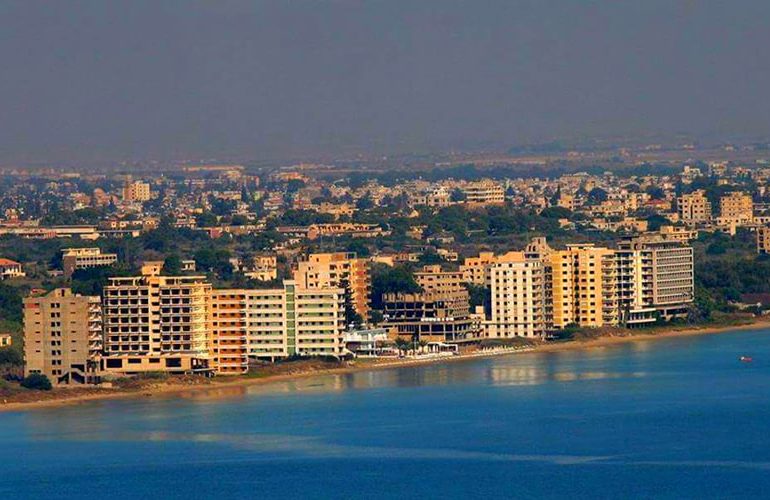
Once sleepy fishing villages, Agia Napa on the south-east coast with its fabulous beaches of fine white sand, and Protaras, the coastal area of Paralimni, in the east with its hundreds of windmills, nowadays buzz with life.
Spend the day sunning yourself on the beach, swimming in the warm turquoise waters or taking a short cruise along the coast. Some of the best snorkelling and diving can be had off Cape Gkreko, the eastern peninsula national forest park, with its secluded coves and rocky outcrops, impressive cliff top views and sea caves. In the evening dine at one of the many restaurants, especially one of the local ones in Paralimni, or jive to the latest sounds at one of numerous nightclubs.
This area is known collectively as the “Kokkinochoria“, “red soil villages”, because of the rich red earth in which Cyprus’ famous potatoes are grown. Culture lovers can explore the medieval churches found in villages like Sotira or go round the folk art museums displaying rural artefacts in Deryneia and Avgorou. Children will love the Marine Life museum or the new Sea Museum, “Thalassa”, in Agia Napa, which has an amazing replica of a 4th century trading ship which sunk off the coast of Kyrenia. Or you could stop off at the tiny estuary known by the locals as “Potamos” and watch the fishing boats haul in their catch in their multicoloured baskets
